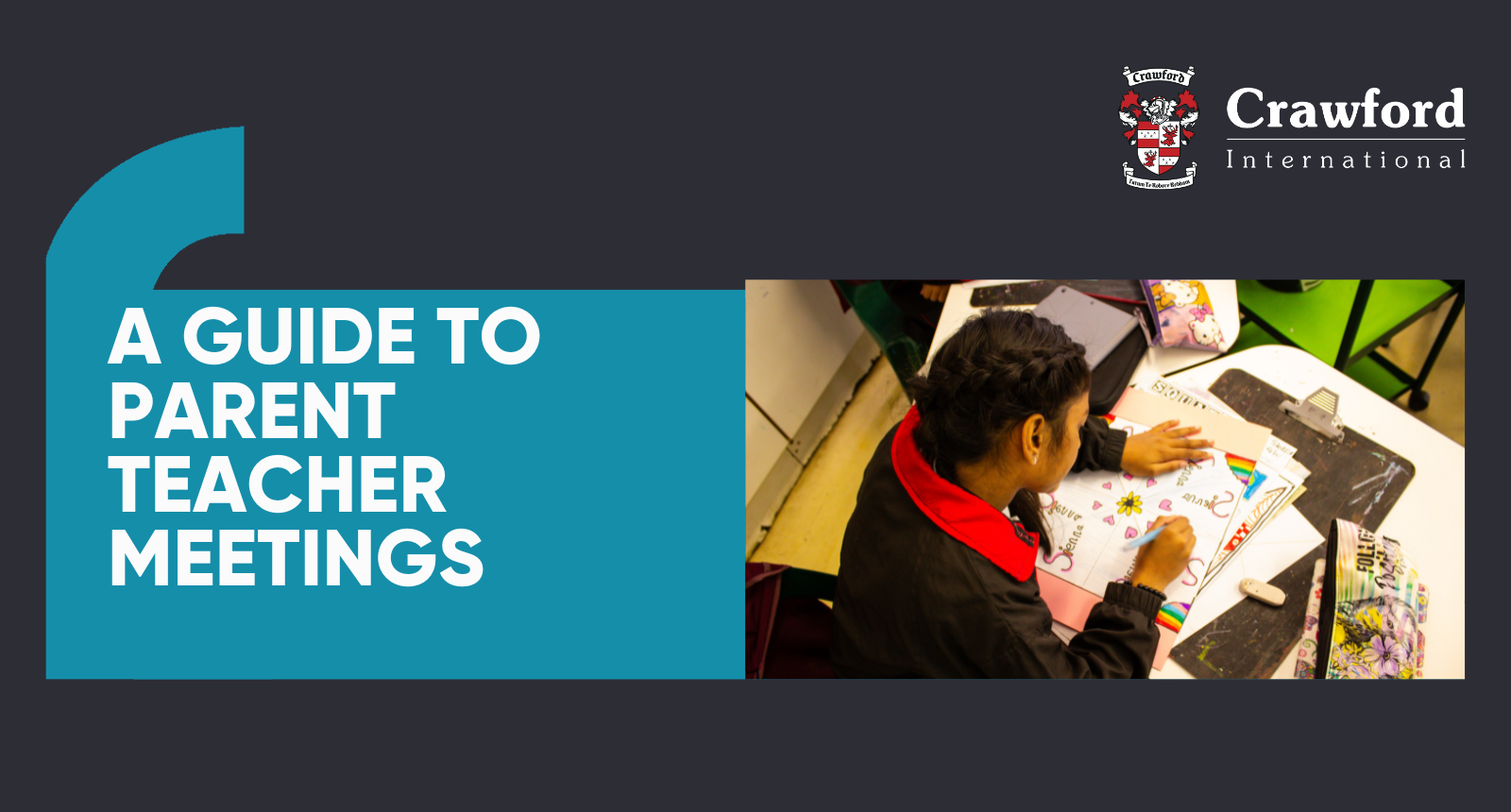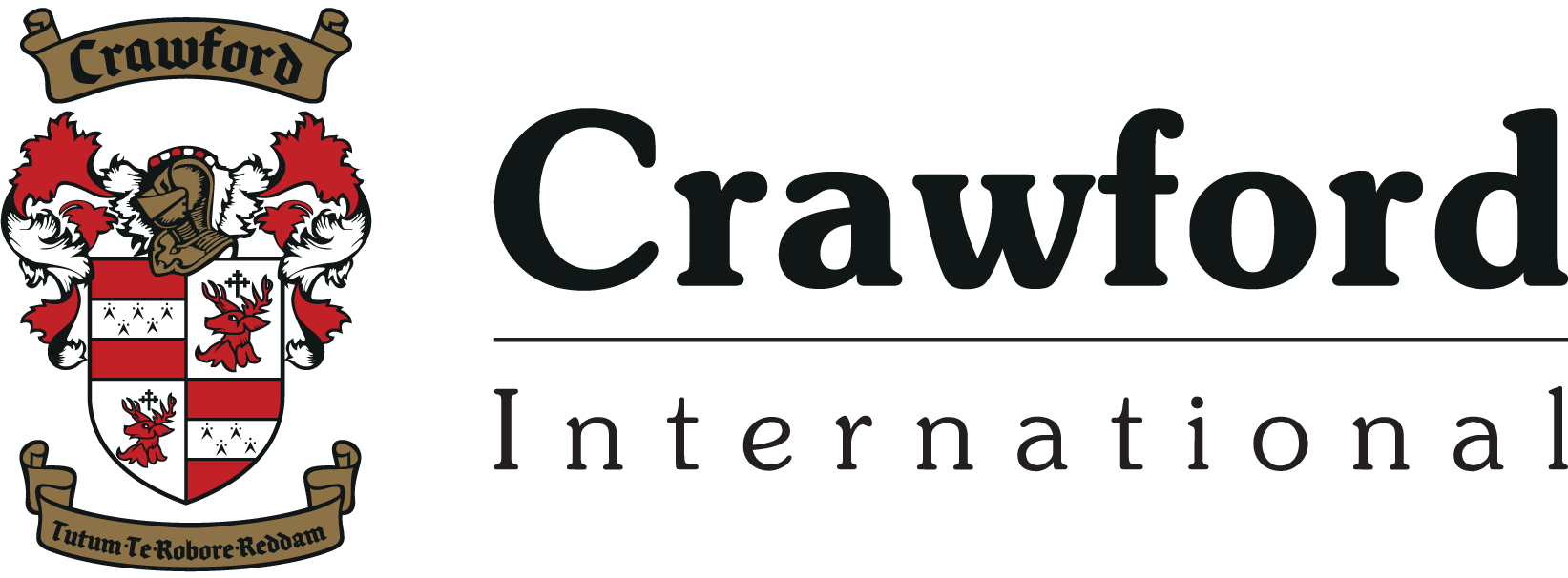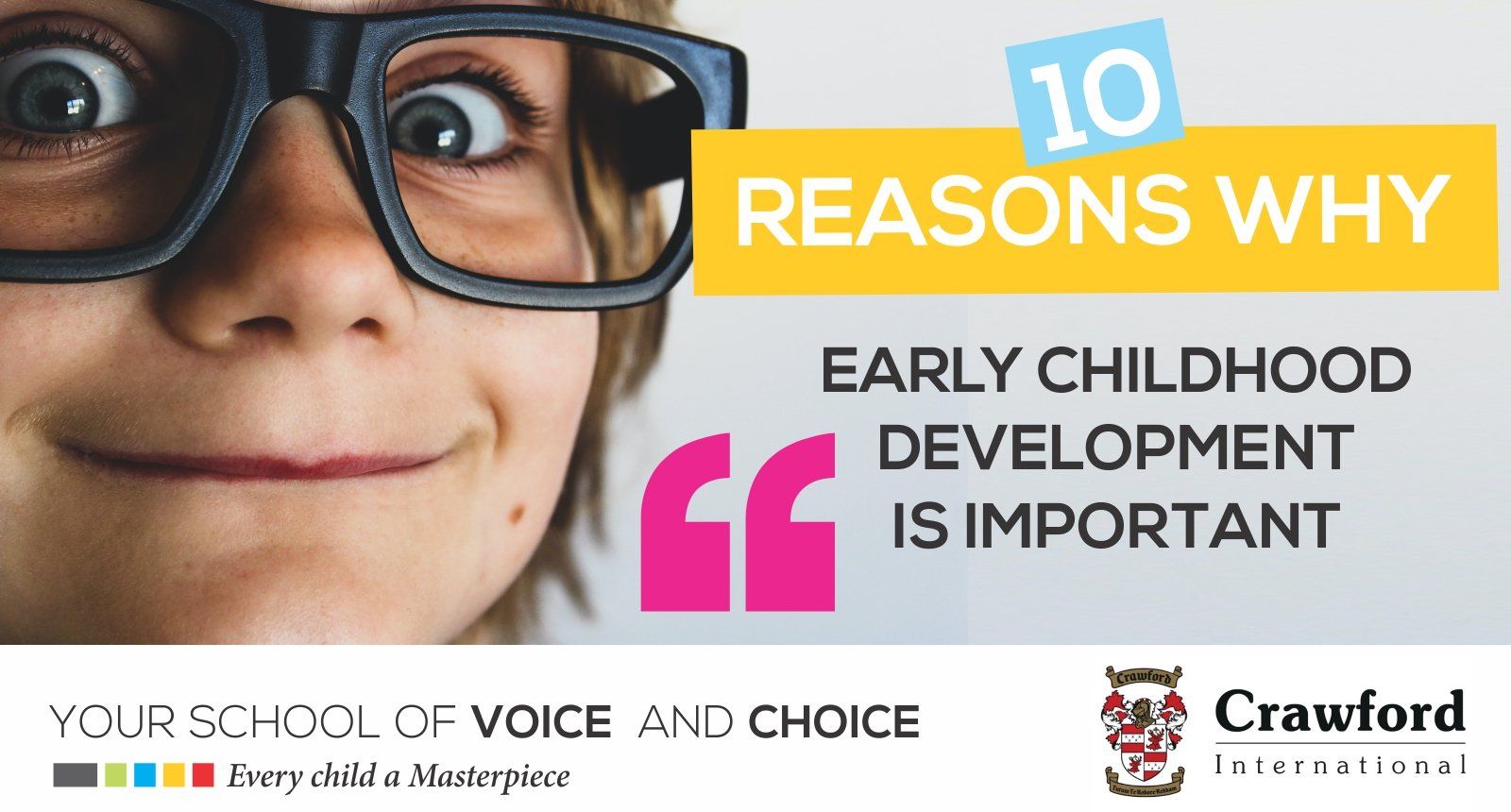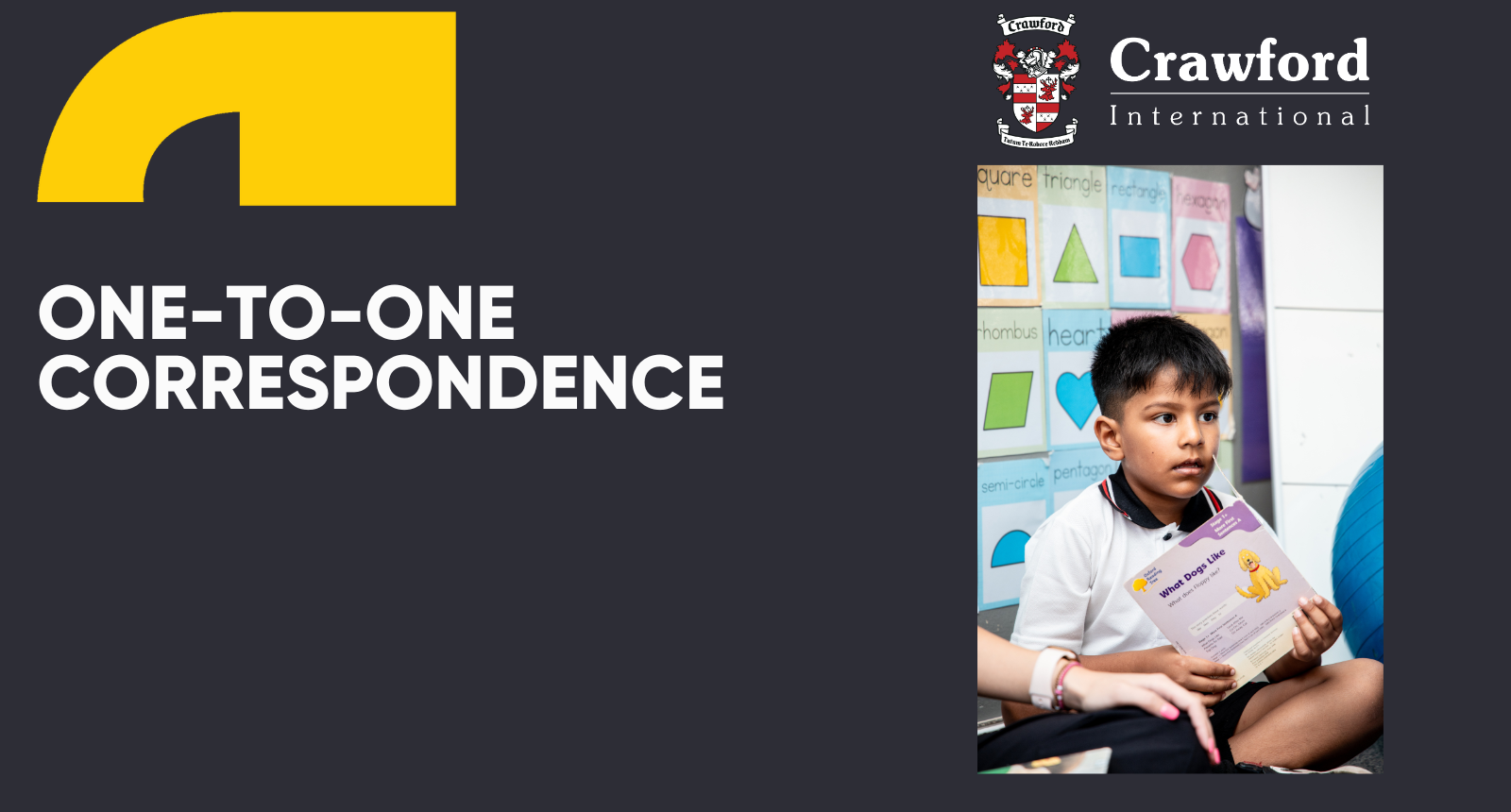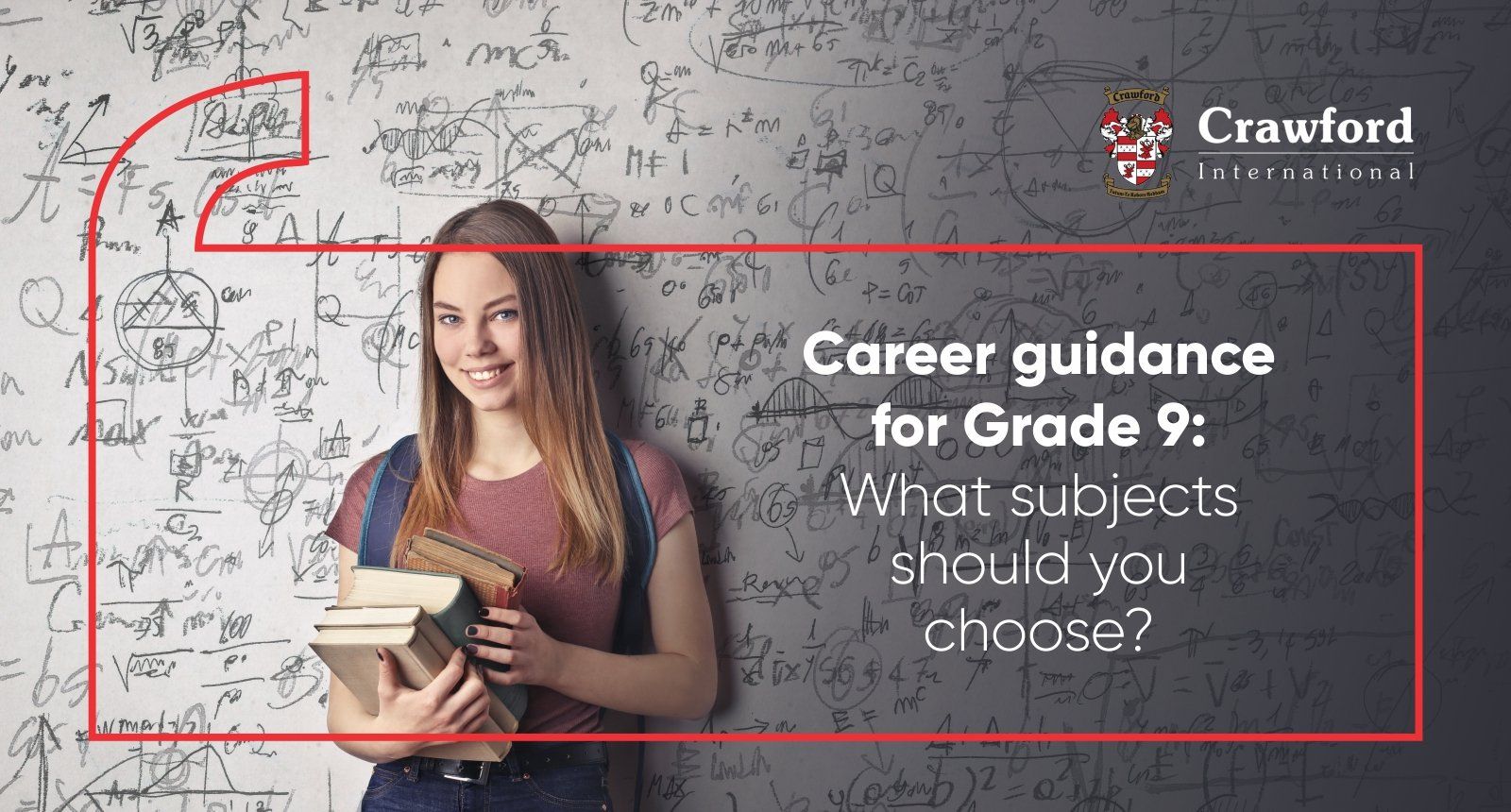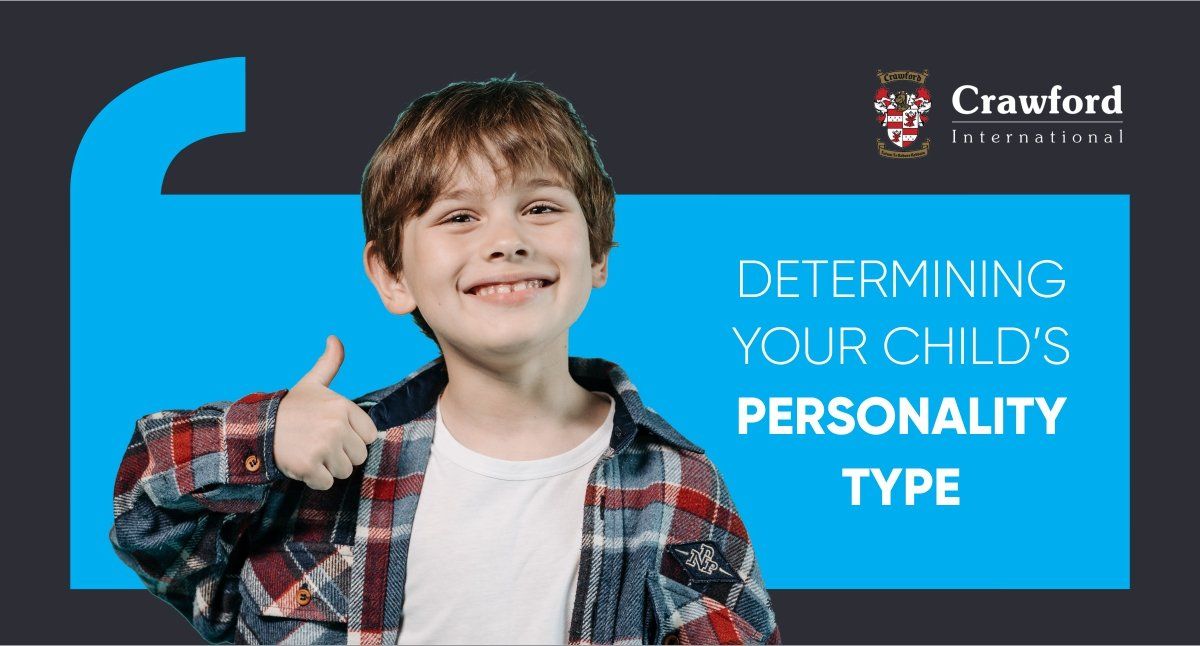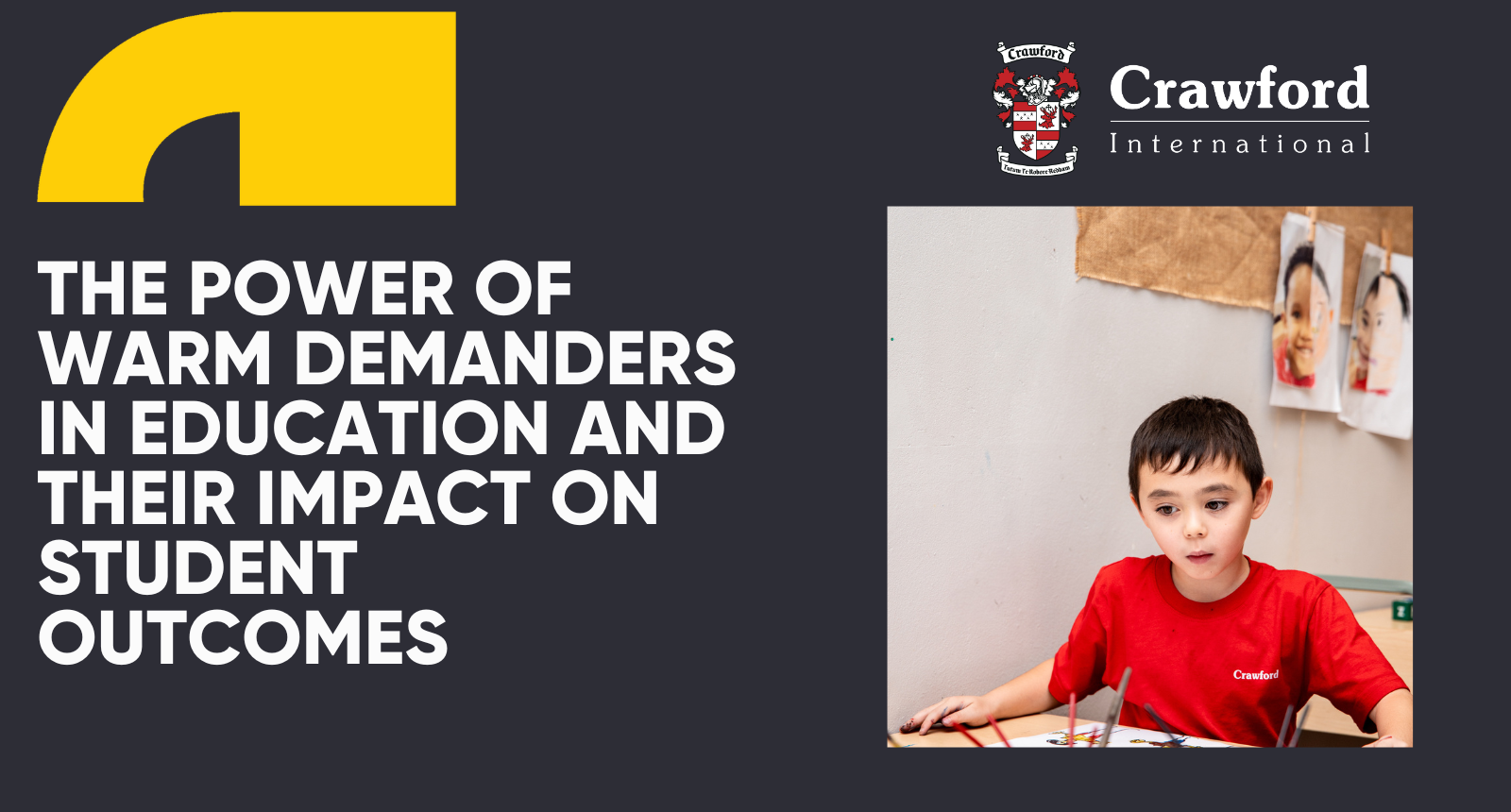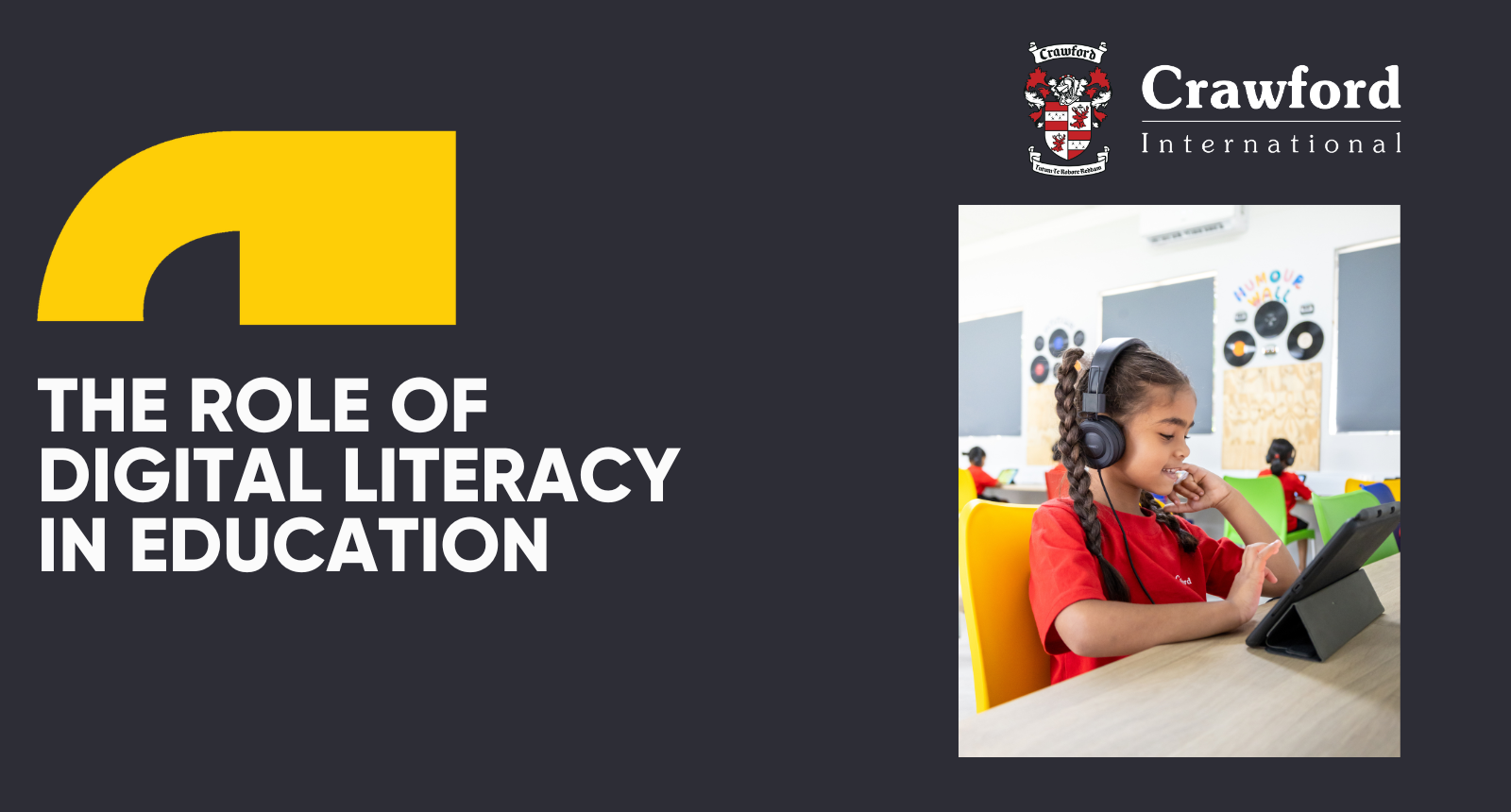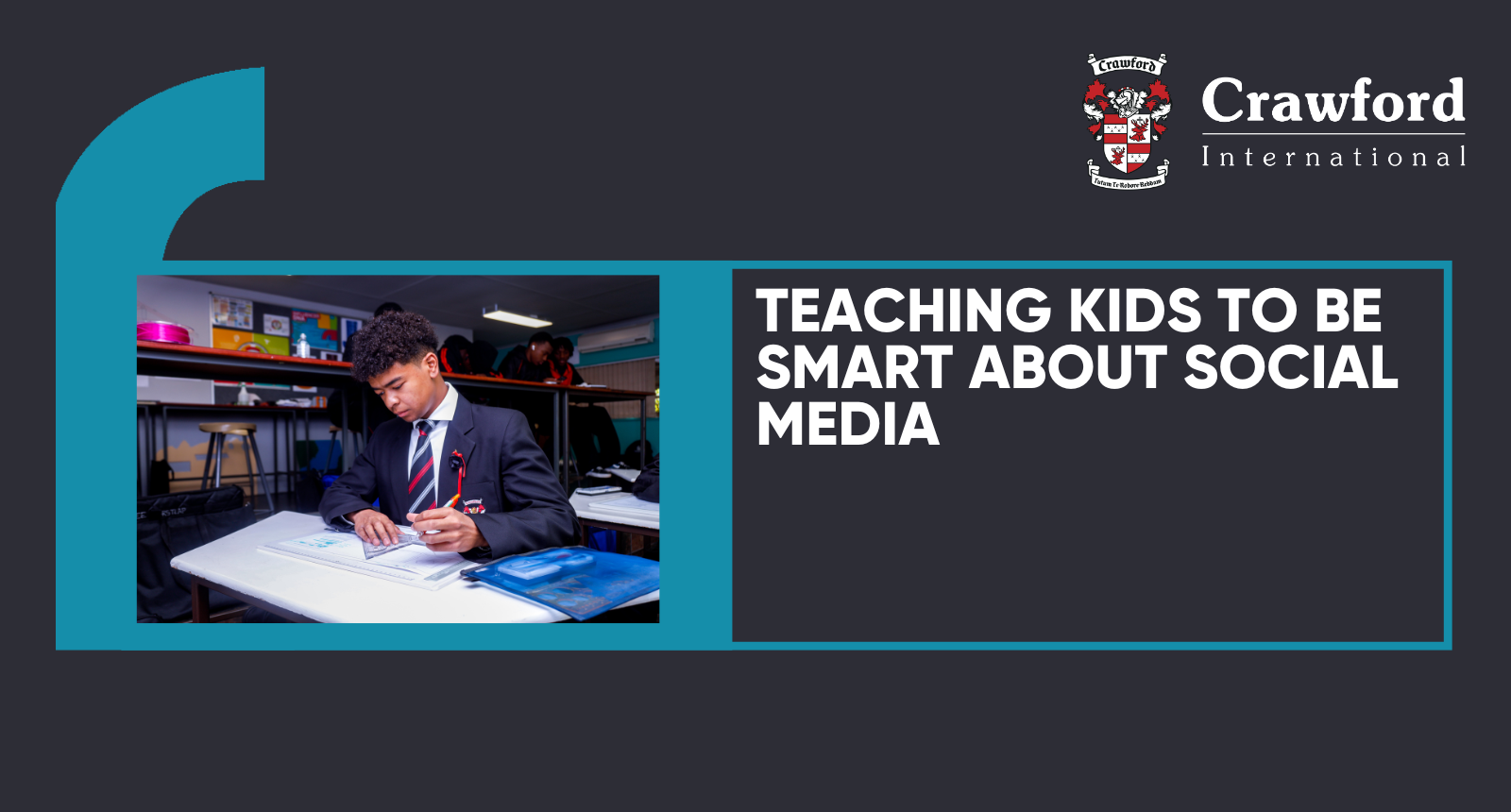Understanding the Kinesthetic Learning Style
Neo Moshoeu • February 27, 2025
The concept of learning styles has long been a subject of discussion in educational psychology. Among the different styles, the kinesthetic learning style stands out as one that relies on movement and hands-on activities for effective learning. While some students absorb information through reading or listening, kinesthetic learners engage best when they can interact physically with their environment. Understanding this learning style is crucial for teachers, parents, and students to create effective educational strategies.
What is Kinesthetic Learning?
Kinesthetic learning is a style in which individuals learn best through physical activities rather than passive absorption of information. It involves using the body to interact with learning materials, making concepts more tangible and easier to understand. Research suggests that kinesthetic learners benefit from activities such as role-playing, building models, or engaging in practical demonstrations (Dunn & Dunn, 2016). This approach allows students to develop a deeper connection with the material, reinforcing knowledge retention through movement.
Characteristics of Kinesthetic Learners
Kinesthetic learners exhibit several distinct traits that differentiate them from auditory or visual learners. They tend to:
- Prefer hands-on activities, such as experiments or physical demonstrations.
- Struggle with sitting still for long periods and may fidget or move frequently.
- Learn best through trial and error rather than theoretical explanations.
- Enjoy activities like sports, drama, and dance, where movement is integral.
- Excel in practical subjects such as physical education, art, or vocational studies.
These characteristics highlight the importance of providing kinesthetic learners with dynamic learning environments that cater to their needs.
Advantages of Kinesthetic Learners
Kinesthetic learners possess unique strengths that can be advantageous in different educational settings. Studies indicate that students who learn through movement often develop strong motor skills, hand-eye coordination, and spatial awareness (Jensen, 2018). Additionally, they tend to exhibit high levels of creativity and problem-solving abilities, as they prefer to explore concepts through action rather than theory.
Moreover, kinesthetic learners are often more engaged in active learning situations. They thrive in environments where they can manipulate objects, participate in role-playing activities, or engage in collaborative projects (Krause et al., 2020). This active involvement not only enhances understanding but also promotes teamwork and communication skills, which are essential in real-world scenarios.
Challenges Faced by Kinesthetic Learners
Despite their strengths, kinesthetic learners often face challenges in traditional classroom settings, which typically prioritise auditory and visual learning methods. Some of the common difficulties include:
- Difficulty concentrating during classes or reading-intensive tasks.
- Frustration with rigid classroom structures that limit movement.
- Struggles with abstract concepts that lack practical applications.
- Misinterpretation of their need for movement as disruptive behaviour.
- Limited opportunities for hands-on learning in conventional curriculums.
These challenges can lead to disengagement or underperformance if not addressed through appropriate teaching strategies.
Effective Strategies for Kinesthetic Learners
To support kinesthetic learners, teachers and parents can implement strategies that incorporate movement and hands-on experiences into the learning process. Some effective approaches include:
1. Interactive Learning Activities
Incorporating physical activities such as science experiments, art projects, or building models can make learning more engaging. Teachers can also use role-playing exercises or group discussions that require movement to help students grasp abstract concepts (Sousa, 2017).
2. Alternative Study Techniques
Encouraging kinesthetic learners to use flashcards, educational games, or writing exercises can improve retention. Allowing students to pace while memorising information or use gestures to reinforce concepts can also be beneficial (Pashler et al., 2019).
3. Flexible Classroom Setups
Providing standing desks, exercise balls, or movement breaks can help kinesthetic learners stay focused. Classrooms that encourage movement-based learning experiences, such as project-based or experiential learning, can significantly enhance engagement (Tokuhama-Espinosa, 2021).
4. Integration of Technology
Educational technology offers interactive resources that cater to kinesthetic learners. Virtual simulations, coding exercises, and augmented reality applications allow students to engage in experiential learning in a structured manner (Beetham & Sharpe, 2019). These tools provide valuable opportunities for active exploration and problem-solving.
5. Encouraging Physical Expression
Subjects such as mathematics or language learning can be adapted to kinesthetic learners by incorporating movement. For example, using manipulatives in mathematics or acting out stories in language lessons can make the material more comprehensible and engaging (Gillen, 2018).
The Role of Kinesthetic Learning in Education Today
Modern education systems are increasingly recognising the importance of catering to different learning styles. Schools that integrate movement-based learning into their curriculums report higher student engagement and improved academic performance (Hattie, 2020). By acknowledging and adapting to kinesthetic learners' needs, teachers can create inclusive classrooms that support diverse learning preferences.
Additionally, incorporating kinesthetic learning techniques benefits all students, not just those who identify as kinesthetic learners. Studies suggest that multisensory learning approaches enhance overall comprehension and memory retention, making education more effective for a wider range of students (Mayer, 2020).
Understanding and accommodating kinesthetic learners is essential for creating an inclusive and effective learning environment. While these students may face challenges in traditional educational settings, implementing movement-based strategies can help them thrive. By embracing hands-on learning activities, flexible classroom arrangements, and innovative technologies, teachers can ensure that kinesthetic learners reach their full potential. Recognising the value of kinesthetic learning not only benefits these students but also contributes to a more engaging and dynamic educational experience for all learners.

